Glass On The Dancefloor - Making of
First of all, i use 3dsmax r3 together with splutterfish's free beta of their renderer "BRAZIL R/S" (beta 0.1.3). Most ppl fail because the lack the determination to work something through, they can't be bothered to read the manual, or give up upon the first obstacle.
The Brazil demo comes with a few sample files, looking at those one could deduce the working and settings needed to create caustics and glass materials. I liked the scene "brazil_gi_example_02b.max". In this version of brazil caustics can only be created with objects that have an self-illuminating material applied to it (here: a plane box), and then function as a light source. The object that is to cast the caustics has to have the brazil material applied to itself (still a bit buggy with 0.1.3). I used the materials and settings from that scene and set up my own scene with my own geometry.
The initial scene looked like this:
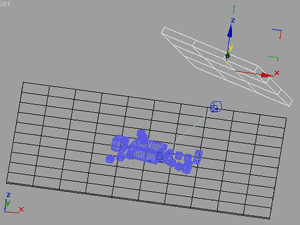
the slected plane is the lightscource and the robot made of glass will cast the caustics on the box underneath him - simple, camera in there as well.
A first rendering:
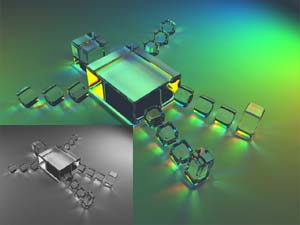
The light is colored because the applied selfillumination map was a spectrum (rainbow).
What i did not like was the visible light-spot, better visible in the black/white view, caused by the position of the light-scource-plane, i would prefer a more even lighting, which does not give away the light-setup. Altough i did some manipulation in PS, the results were not satisafctionary. To achieve an even lighting, i repositioned the light source, i.e. right above the object, but then the caustics would not cast as pronounced as before. The light has to come from an angle.
The next best thing i could come up with was an arrangement of a few orbs that would be the lightsources:
topview:
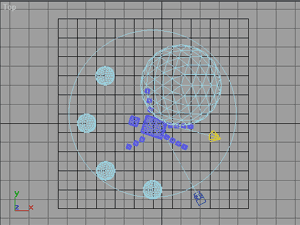
leftview:
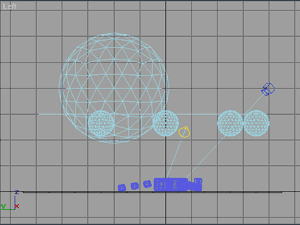
perspective:
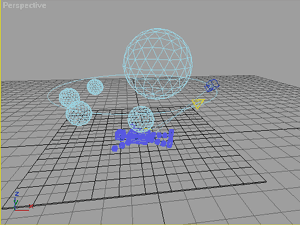
the render looked like this:
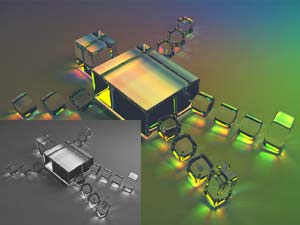
With this and a few other renderings (alpha channels, rendering of different materials) i started to optimize the image in PS.
These were my layers:

Quite a few, but the number of your PS layers is never an argument for a good image, nor does it make one, but many people finish their work with the push on the rendering button, although the images could be much better with some post production.
Alpha channels are very important:
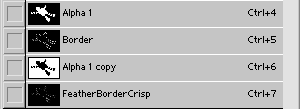
The depth map that would allow to applied depth-of-field camer blurr.
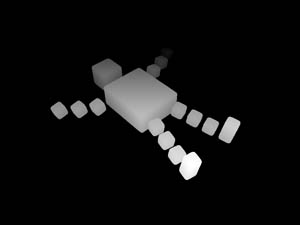
This is the endresult:

Originall rendered over 15 hours at 1950x1300px on a 2Ghz machine in 2002.
Re-rendered in 2007 at 16000x12000px. My PC wouldn't render the whole image, so i split the image into 16 parts. I later discovered the 3GB switch, but even that might not have helped.

ca 40% views of foot, arm and head.
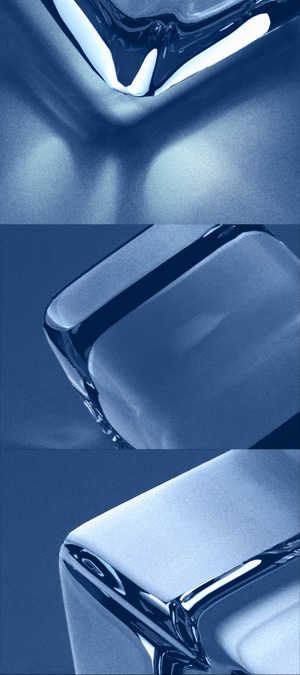
Buy a print at 76x102cm @ 300dpi.